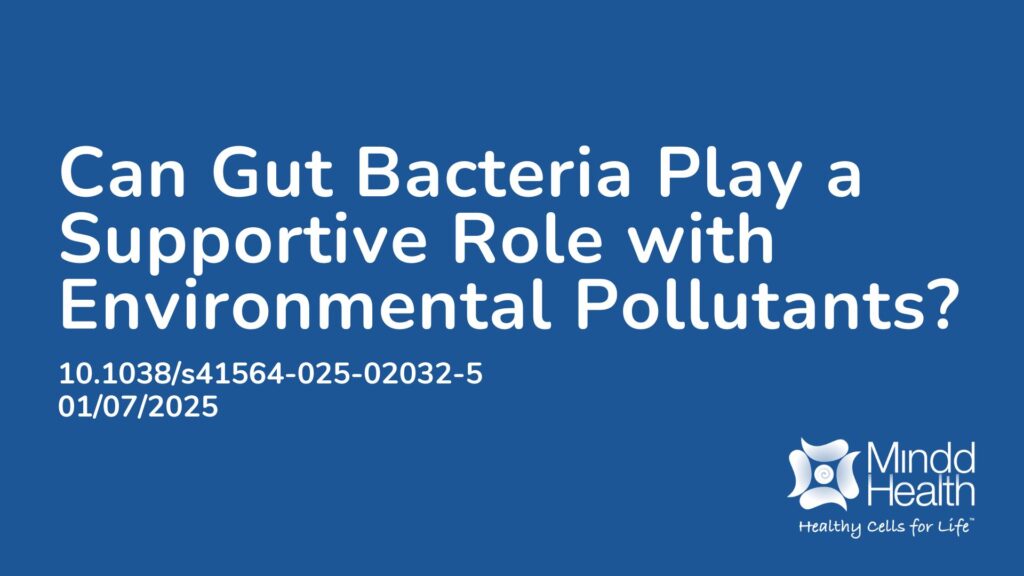Summary:
Environmental contamination from synthetic chemicals has surpassed safe limits, impacting water and agricultural systems and leading to widespread human exposure through food consumption. Chemical pollutants can disrupt the gut microbiota, which then impacts overall health due to the microbiota critical role in bodily functions. One significant concern is per- and polyfluoroalkyl substances (PFAS), known as ‘forever chemicals’, comprising over 4,700 compounds used in various industrial and consumer products. Studies have detected high PFAS levels in human blood in Europe and the United States. This study looked at whether gut bacteria absorb PFAS, how much they take in, and what effect that has. The researchers tested 38 different types of gut bacteria and found that many of them absorbed PFAS into their cells. One bacterium, Bacteroides uniformis, absorbed a substantial amount of PFAS but continued to grow normally, meaning the PFAS didn’t interfere with bacterial growth. Another bacterium behaved similarly. Using advanced imaging, the researchers confirmed that PFAS were not just sticking to the outside of the bacteria but were actually being stored inside the cells. The researchers also studied mice. Mice that had human gut bacteria had more PFAS in their faeces than those without gut bacteria, suggesting that bacteria help excrete PFAS. Overall, the study showed that gut bacteria can absorb and hold onto PFAS, which suggests that bacteria in the gut might affect how these chemicals behave in the body, how long they stay there, and how they are removed.
Abstract:
Per- and polyfluoroalkyl substances (PFAS) are persistent pollutants that pose major environmental and health concerns. While few environmental bacteria have been reported to bind PFAS, the interaction of PFAS with human-associated gut bacteria is unclear. Here we report the bioaccumulation of PFAS by 38 gut bacterial strains ranging in concentration from nanomolar to 500 μM. Bacteroides uniformis showed notable PFAS accumulation resulting in millimolar intracellular concentrations while retaining growth. In Escherichia coli, bioaccumulation increased in the absence of the TolC efflux pump, indicating active transmembrane transport. Cryogenic focused ion beam secondary-ion mass spectrometry confirmed intracellular localization of the PFAS perfluorononanoic acid (PFNA) in E. coli. Proteomic and metabolomic analysis of PFNA-treated cells, and the mutations identified following laboratory evolution, support these findings. Finally, mice colonized with human gut bacteria showed higher PFNA levels in excreted faeces than germ-free controls or those colonized with low-bioaccumulating bacteria. Together, our findings uncover the high PFAS bioaccumulation capacity of gut bacteria.
Article Publication Date: 01/07/2025
DOI: 10.1038/s41564-025-02032-5



